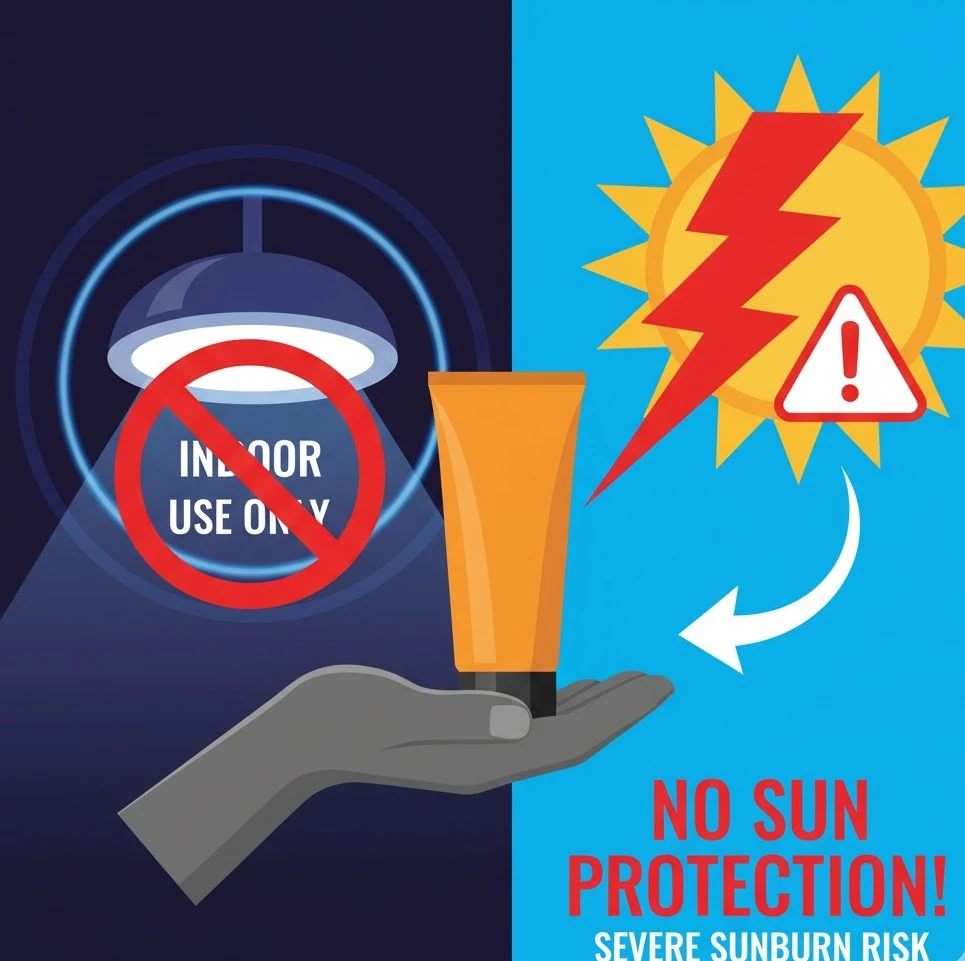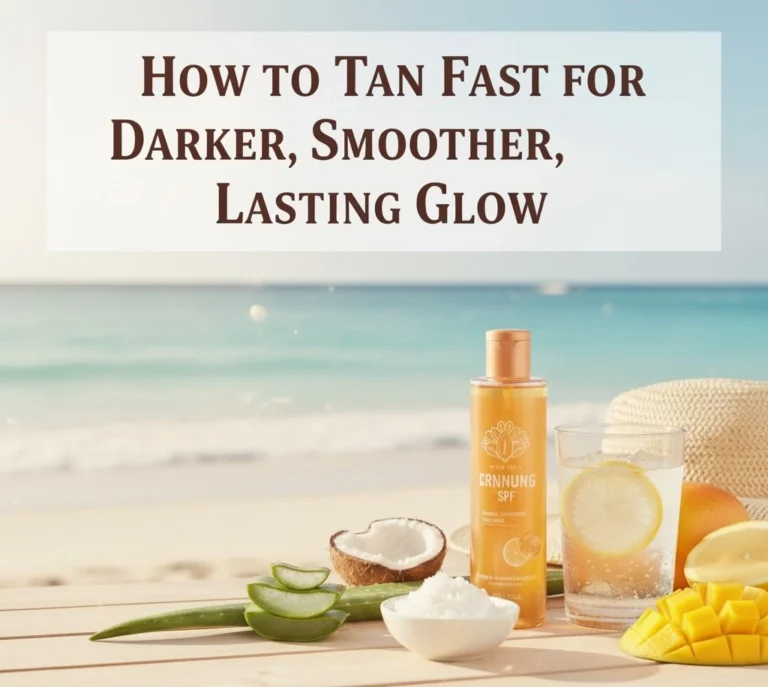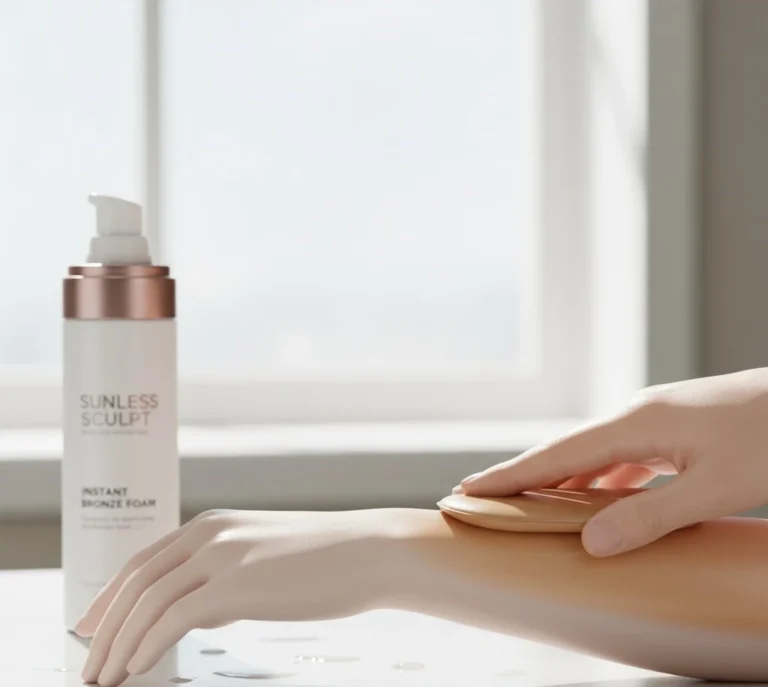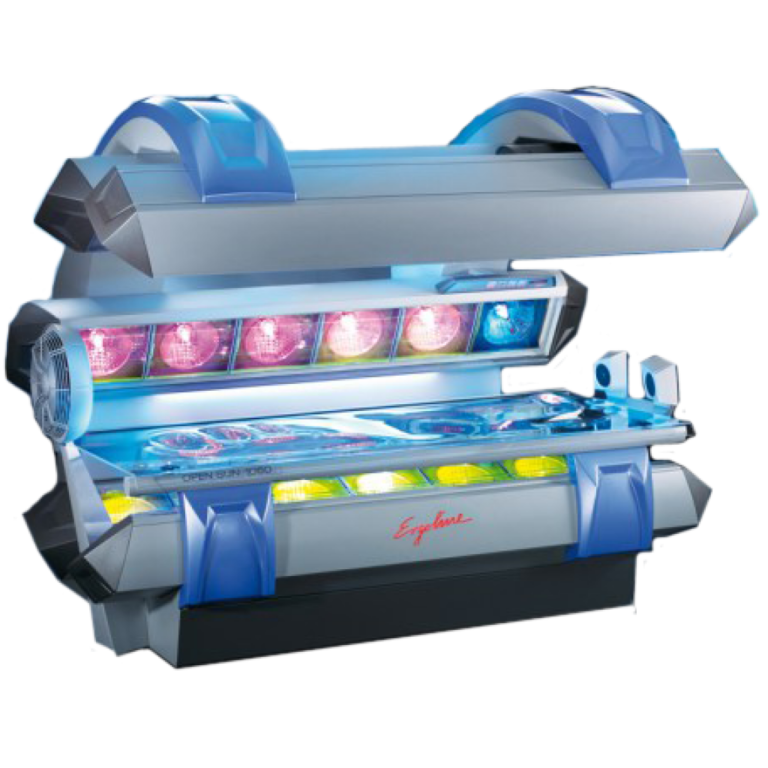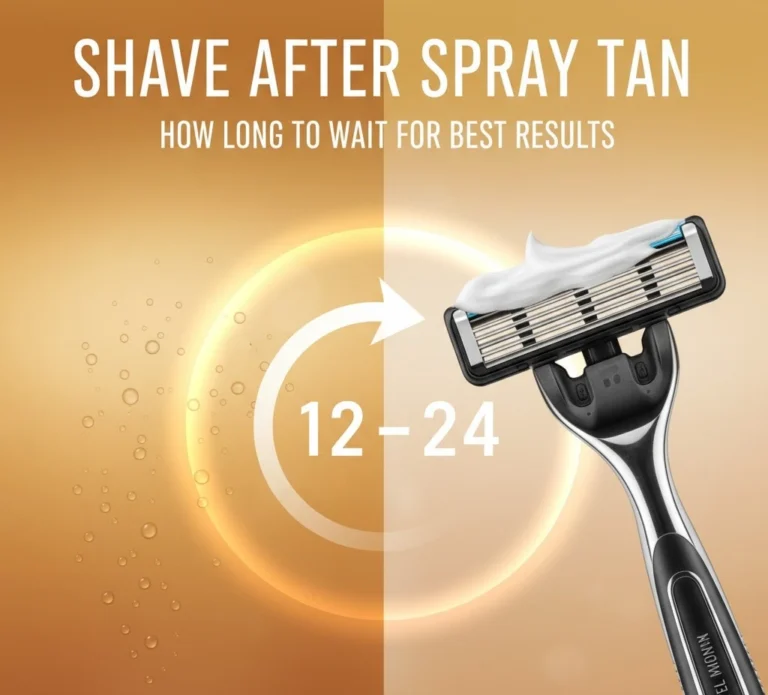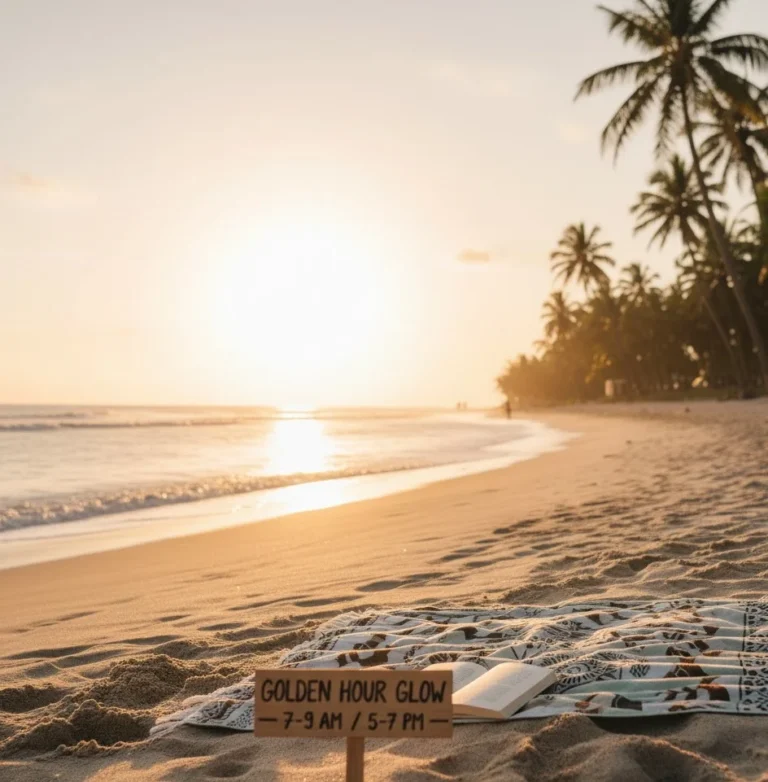Can You Use Indoor Tanning Lotion Outside Safely?
Indoor tanning lotions are made for controlled UV light, not sunlight. Using them outdoors exposes your skin to unfiltered rays without SPF protection. Dermatologists say this can cause burns, premature aging, and long-term skin damage. Always use SPF-based products for safe outdoor tanning.
When summer arrives, you might wonder if your indoor tanning lotion can double as a sun lotion. It feels tempting to use what you already have, but experts agree that indoor tanning lotions should stay indoors. They’re built for controlled UV exposure, not for direct sunlight. Using them outside can leave your skin unprotected and vulnerable.
This guide explains how these lotions work, what happens when you use them outdoors, and what safer alternatives can protect your skin while still helping you tan naturally.
Understanding Indoor Tanning Lotions
Indoor tanning lotions are designed for controlled environments, not direct sunlight. They help your skin tan faster under UV lamps by boosting melanin production. Understanding how they work helps you see why they are unsuitable for outdoor use.
What Indoor Tanning Lotions Are Made For
Indoor tanning lotions are created for short, timed sessions under tanning beds. These lotions are designed to help the skin absorb UV light evenly, hydrate deeply, and accelerate melanin production. According to dermatologists, the goal is not to protect but to enhance the tanning process in a controlled setting.
Unlike sunscreen, they don’t need to guard against intense UVB rays or prolonged exposure. They also lack water or sweat resistance because tanning beds operate in dry environments.
Key Ingredients and How They Work on Skin
Indoor tanning lotions contain specific ingredients that interact with skin differently from outdoor products. Common components include:
- Tyrosine and Melanin Boosters: Amino acids that support faster pigment formation.
- Bronzers: Provide an instant tan color on the surface of the skin.
- Moisturizers and Oils: Keep skin hydrated to maintain an even tone and prevent peeling.
- DHA (in some formulas): A self-tanning agent that gives temporary surface color.
These ingredients help users get a quick, even tan indoors but offer no protection against sunburn or UV damage when used outside.
| Ingredient | Purpose in Indoor Lotion |
|---|---|
| Tyrosine | Boosts melanin for faster tanning |
| DHA or bronzers | Gives temporary tan color |
| Moisturizers | Keeps skin soft and reduces peeling |
| SPF | Usually absent in indoor formulas |
Difference Between Indoor and Outdoor Tanning Products

The main difference is protection. Outdoor tanning lotions include SPF to guard against UVA and UVB rays, while indoor products skip it. Outdoor lotions are also formulated to stay effective under heat, water, and sweat. Indoor lotions focus only on moisture and color enhancement.
Indoor tanning lotions:
- Lack SPF or UV filters
- Are made for shorter exposure
- Break down faster in sunlight
Outdoor tanning lotions:
- Contain SPF and water resistance
- Are built for longer, natural sunlight exposure
- Protect skin from sunburn and premature aging
Can You Use Indoor Tanning Lotion Outside?
Many people assume these lotions work the same outdoors, but they don’t. Without SPF or UV filters, your skin can burn quickly under natural sunlight. It’s important to know what really happens when indoor formulas meet outdoor UV rays.
What Happens When You Use It Outdoors
When you use indoor tanning lotion in the sun, your skin absorbs more UV than it can handle. The lotion can increase blood flow to the surface and open pores, intensifying your exposure. Since it has no SPF, sunlight penetrates directly into deeper skin layers.
According to dermatologists, this combination raises the risk of burns, irritation, and uneven tanning. The lotion might also break down in the heat, losing any benefits it had indoors.
Effects of Sun Exposure Without SPF Protection
Without SPF, your skin is defenseless against harmful rays. The effects can include:
- Severe Sunburn: Even 15–20 minutes without protection can cause redness or blistering.
- Skin Aging: UV radiation breaks down collagen, leading to wrinkles and dark spots.
- Cancer Risk: Repeated unprotected exposure increases the risk of melanoma.
- Uneven Tan: Skin can burn in some areas and remain pale in others.
Experts explain that melanin gives minimal protection—roughly SPF 2 to 4—far below the recommended SPF 30 for safe sun exposure.
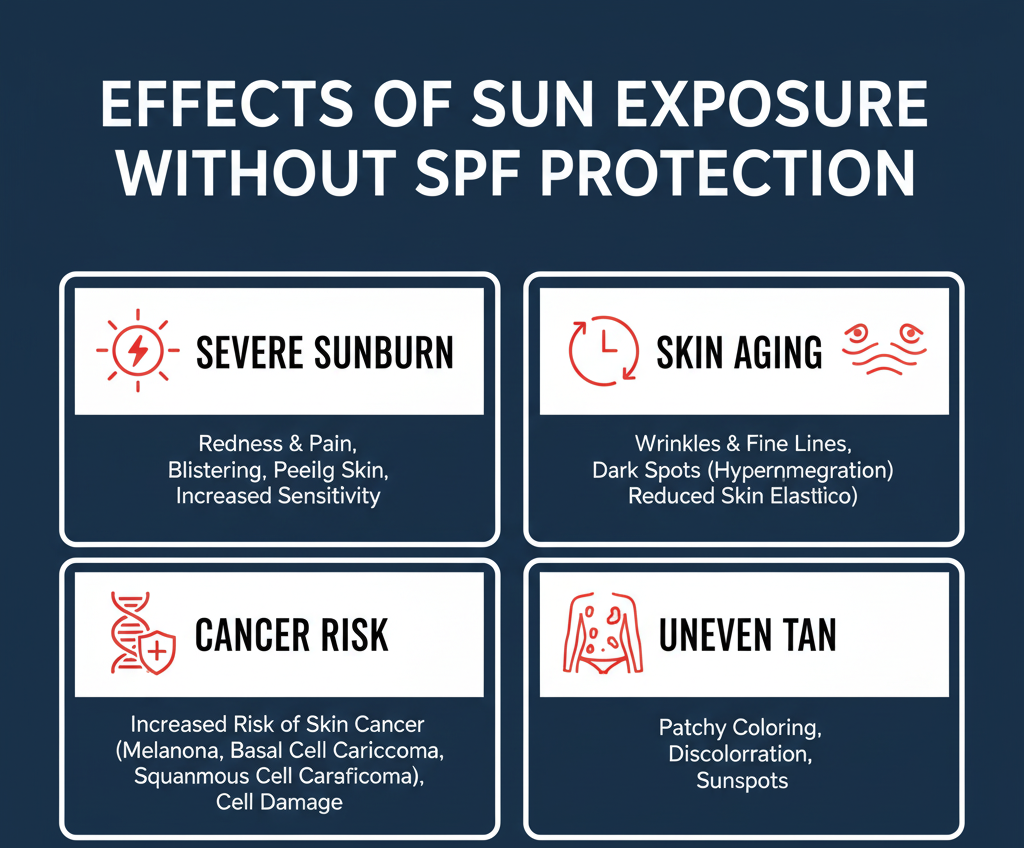
When It Might Be Safe and When It’s Not
Using indoor lotion outside is rarely safe unless the product is specifically labeled “indoor/outdoor” and contains SPF. Even then, dermatologists advise applying a broad-spectrum sunscreen underneath. For strictly indoor products, using them outdoors is unsafe, especially during midday when UV levels are highest.
Why Using Indoor Lotion Outdoors Can Be Risky
Using indoor lotion outdoors may seem harmless, but it increases your risk of burns, dehydration, and allergic reactions. Dermatologists warn that these products lack the protection your skin needs from UVA and UVB rays.
UV Sensitivity and Skin Damage
The tanning process itself is a form of controlled skin damage. Indoors, that damage is limited by time and lamp intensity. Outdoors, sunlight’s strength changes throughout the day and can overwhelm your skin.
Experts explain that UVA rays age the skin, while UVB rays burn it. Indoor tanning lotions lack the filters needed to protect from both. Using them outdoors amplifies your sensitivity, making damage happen faster.
Lack of Sun Protection Factor (SPF)
Most indoor lotions provide no SPF at all. They are meant for environments where UV exposure is short and regulated. Without SPF, the skin cannot defend against sunburn or DNA damage.
When you use such a lotion outdoors, you might tan faster initially, but you also accelerate cell damage and dryness. Repeated exposure without protection leads to visible aging and long-term health risks.
Possible Allergic or Heat Reactions
Indoor formulas are not built for heat, humidity, or sweat. When exposed to sunlight, the ingredients can oxidize or irritate the skin. Some people develop heat rashes or allergic reactions from certain accelerators and bronzers. The skin may feel itchy or hot because the lotion increases circulation and opens pores.
In extreme conditions, this reaction can lead to redness, inflammation, or even chemical burns when combined with sweat and sunlight.
Safer Alternatives for Outdoor Tanning
If you love tanning outdoors, there are better options. Choose lotions that include SPF and ingredients made for sun exposure. These protect your skin while giving you a gradual, even tan.
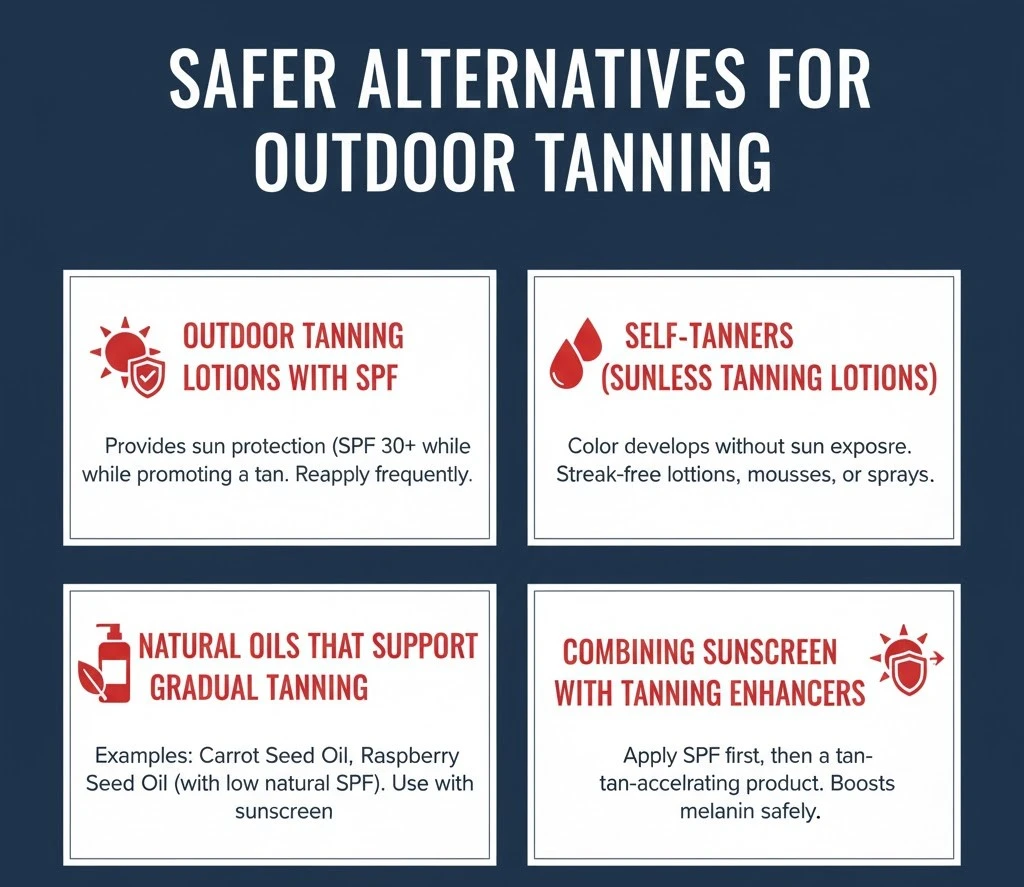
Outdoor Tanning Lotions with SPF
If you want to tan outdoors, use a lotion specifically designed for it. Choose one that includes:
- Broad-spectrum SPF 30 or higher
- Moisturizing oils like aloe or coconut
- Water resistance for swimming or sweating
These formulas let you tan gradually while still blocking harmful rays. They also prevent burns and help maintain healthy skin tone.
Natural Oils That Support Gradual Tanning
You can also use natural oils to achieve a softer, gradual tan. Some options include:
- Coconut Oil: Keeps skin hydrated but offers minimal UV protection.
- Carrot Seed Oil: Contains natural antioxidants and a small SPF boost.
- Jojoba Oil: Mimics the skin’s natural oils and prevents dryness.
Always apply a sunscreen underneath these oils. They nourish the skin but do not prevent UV damage on their own.
Combining Sunscreen with Tanning Enhancers
To tan safely, apply sunscreen first, then a tanning enhancer on top. This combination ensures protection while still allowing a golden tone to develop. Reapply sunscreen every two hours, especially if you swim or sweat. This balance keeps your tan even and your skin healthy.
How to Protect Your Skin While Tanning Outside
The sun’s rays can be harsh, so preparation is key. Hydrate, choose the right time of day, and always protect your skin. A few smart habits can reduce damage and keep your tan healthy-looking.
Choose the Right Time to Tan
Avoid peak UV hours between 10 a.m. and 4 p.m. Early morning or late afternoon sun gives a softer, safer tan. Use a UV index app to plan your tanning time based on your location and skin type.
Keep Skin Hydrated Before and After
Moisturized skin tans more evenly and peels less. Apply a light, non-greasy lotion before tanning and use aloe vera or a cooling after-sun lotion afterward. Hydration maintains elasticity and helps prevent redness.
Use Aftercare Lotions to Reduce Dryness
After tanning, your skin continues to react to UV exposure. Apply a fragrance-free lotion rich in aloe, shea butter, or vitamin E. These soothe irritation and reduce flaking, helping your tan last longer. If you feel tightness or discomfort, skip your next tanning session to let your skin recover.
Expert Tips for Achieving a Safe Tan
Dermatologists suggest gradual tanning over time instead of long sessions in direct sunlight. Combining sunscreen and aftercare helps maintain color and protect your skin barrier.
Gradual Tanning Instead of Prolonged Sun Exposure
Building a tan over several short sessions is safer than spending hours in direct sunlight. Allow your skin to rest between sessions. This reduces inflammation and gives melanin time to develop naturally, minimizing burn risk.
Reapply Sunscreen Frequently
Always treat sunscreen as your first line of defense. Apply it 15 minutes before sun exposure and reapply every two hours. Even water-resistant sunscreen needs renewal after swimming or sweating.
Avoid Mixing Indoor and Outdoor Products
Don’t mix lotions designed for different conditions. Indoor tanning lotions may contain ingredients that react poorly under sunlight. Outdoor lotions, on the other hand, are formulated to remain stable in heat and UV exposure. Always use the right product for your environment.
Common Myths About Indoor Tanning Lotions
Many people believe indoor lotions work faster or protect from the sun, but that’s not true. These myths lead to misuse and skin damage. Knowing the facts helps you tan more safely.
“They Work Faster in the Sun”
They don’t. Indoor tanning lotions can make your skin absorb UV faster, but without SPF, that just leads to burns. Outdoor sunlight is stronger and less predictable than tanning-bed light. Using an indoor product outside accelerates damage, not tanning results.
“All Tanning Lotions Offer Protection”
This is false. Most indoor lotions contain zero SPF. They enhance tanning but do nothing to block harmful UV rays. Assuming they provide protection can result in severe sunburn and long-term harm.
“Indoor and Outdoor Lotions Are the Same”
They are completely different. Outdoor lotions are tested for sunlight exposure and often labeled with SPF and water resistance. Indoor lotions are optimized for artificial UV light and short durations. Treating them as interchangeable is one of the biggest mistakes tanners make.
Conclusion
Using indoor tanning lotion outside is not recommended. These products are made for the controlled light of tanning beds, not for the full intensity of the sun. They lack SPF, water resistance, and the protective agents needed for outdoor safety.
Dermatologists agree that every tan is a form of skin damage, but if you still prefer tanning outdoors, do it smartly. Use a high-SPF outdoor tanning lotion, limit your exposure time, and keep your skin hydrated before and after. Avoid using indoor lotions under natural sunlight, no matter how tempting it seems.
Your skin is your body’s largest organ. Protect it with the same care you give your tan.
FAQs
Can I use indoor tanning lotion outside if I stay in the shade?
Even shaded areas reflect UV rays. Without SPF, your skin can still burn.
If the label says indoor/outdoor, is it safe?
Only if it includes SPF protection. Always check the ingredients.
Does a tan protect me from the sun?
No. A tan provides minimal protection, equal to SPF 2-4 at best.
Are spray tans a safer option?
Yes. They give color without UV exposure but still require sunscreen outdoors.
How often should I reapply sunscreen while tanning?
Every two hours or immediately after swimming or sweating.

